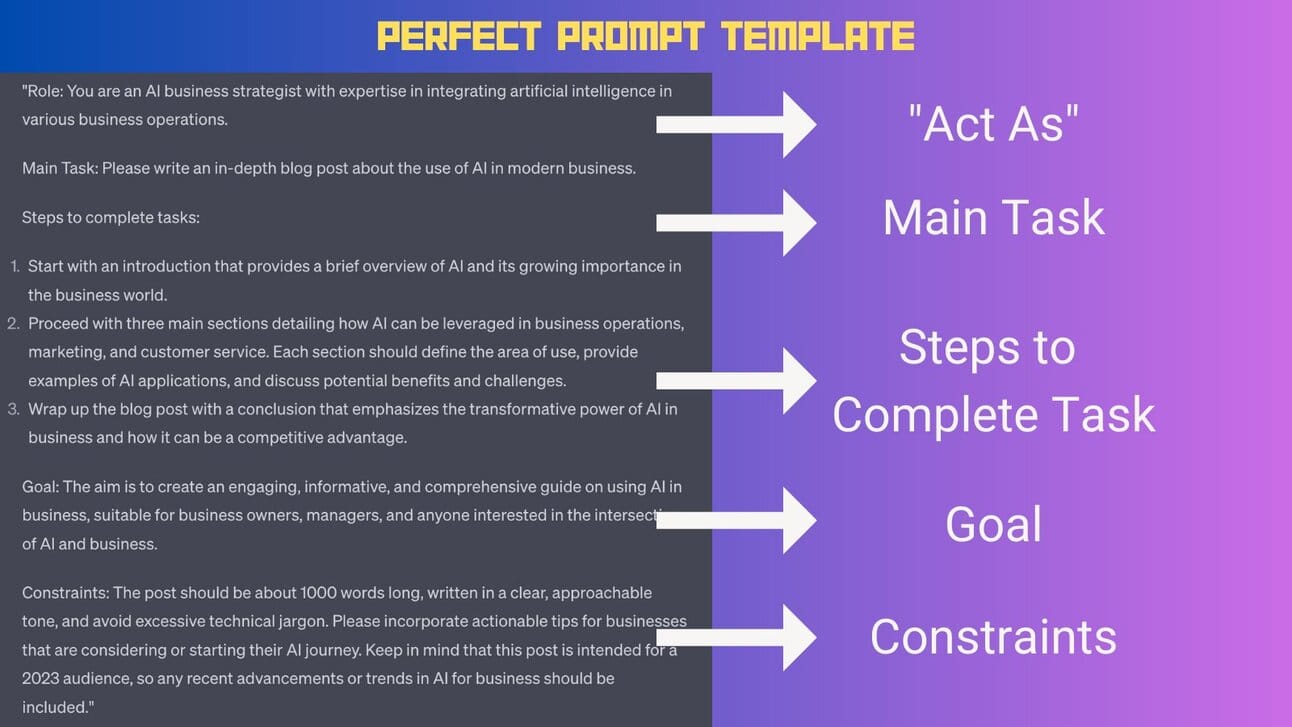Hey Prompt Entrepreneur,
This week we’re taking some time out to delve into the world of prompt engineering.
Prompt engineering underlies everything that we do here at Prompt Entrepreneur so consider this a foundational course.
My goal is always to move newbies as quickly as possible through this chart, avoiding the dreaded betrayed confidence dip! This Prompt Engineering 101 guide will accelerate your AI knowledge 10x.

If AI and prompting is new to you this will be a primer in the basics. I won’t get deep into the theory because, frankly, we don’t need it for anything practical.
Instead we’ll be covering topics that will make you a better prompt engineer and therefore a better Prompt Entrepreneur.
If you know this stuff already I’d say it’s still worth the recap. And you may even pick up some tips and tricks.
Let’s kick off with some definitions so we’re all on the same page.
What is AI?
Woof. Hard first question. But let’s have a shot.
Artificial Intelligence (AI) refers to computer systems that can perform tasks that typically require human intelligence, such as visual perception, speech recognition, and decision-making.
AI encompasses a wide range of technologies from basic software to cutting-edge techniques like machine learning and natural language processing.
AIs come in different flavours:
- ANI – Artificial Narrow Intelligence
- AGI – Artificial General Intelligence
- ASI – Artificial Super Intelligence
Right now all our AIs are Narrow. They perform specific narrow tasks that they are built for.
Artificial General Intelligence is an AI that can perform any task we throw at it – and if it doesn’t know how to it’ll work it out.
Artificial Super Intelligence is when we get an AI that has more intelligence than every human on earth put together.
What is Generative AI?
Generative AI is a subfield of AI focused on generating new content, such as images, videos, text, 3D objects, and more.
Examples include text generators like ChatGPT, image generators like Midjourney, and 3D model generators.
The key aspect is that generative AI creates novel, original outputs, rather than just analyzing inputs. This is what distinguishes it from other AIs.
We’re seeing new generative AIs all the time. The biggie is obviously ChatGPT. But there are many others.
What are Prompts?
Prompts are the text instructions that users provide to generative AI systems to tell them what kind of output to generate. For example, “Write a poem about the British countryside” or “Generate an image of a cyberpunk city.”
Carefully engineering prompts is key to guiding the AI to create high-quality results.
Prompts start as text but can help us generate imagery, audio and video.
Here for example I used the prompt “Disney Snow White, [country name], photorealistic” to create a thread about Snow Whites from all over the world:
Snow White from around the World. #SnowWhite
— Kyle Balmer | Prompt Entrepreneur (@iamkylebalmer) August 14, 2023
Missed your country? Comment and I'll create it for you
Made in Midjourney
1/ Korea pic.twitter.com/Cv2aKfBRgP
What is prompt engineering?
Prompt engineering is the process of iteratively refining and optimizing prompts to get the best possible output from an AI system. It involves strategically structuring prompts, providing relevant context, and giving clear instructions to guide the AI. Prompt engineering is key to utilizing generative AI effectively.
If you use the prompt “write a blog article about yoga” the result will be crap.
ChatGPT (or whichever tool you use) will create a generic version of that blog post.
It will read like an AI wrote it.
However if we adjust our prompt to something like this:
Act as an SEO expert blog writer with extensive yoga experience
Outline 5 tips, moving from beginner to advanced for improving yoga through self study. Create a yoga themed acronymn for the 5 part framework.
Use the AIDA copywriting framework.
Each tip should include between 3-5 steps.
End with a call to action to sign up to the newsletter.
Provide references and additional resources
Create internal links between articles.
Each article should be 1000-1500 words long.
The resulting output will be far superior.
Why Prompt Engineering is Needed
AI is meant to be smart right? Why do we need prompt engineering at all?
AI systems like ChatGPT do not inherently understand human intent. Their capabilities are limited by their training data.
We have to actually tell it what we want.
By engineering effective prompts, we can get better results from AI and overcome some of its limitations.
Some key reasons prompt engineering is needed:
- AI has blindspots outside its training data
- Models can hallucinate incorrect facts
- Outputs may be generic without clear instructions
- Providing context and examples guides the AI
- Iterative refinement helps surface model limitations
Well-designed prompts act like guardrails, steering the AI toward high-quality responses. Prompt engineering is essential for safely utilizing the power of AI.
Overview of Prompting Techniques
There’s a huge range of prompting techniques. Here are some of the most useful:
- Instruction Prompts: Giving clear step-by-step instructions to guide the AI
- Role Prompting: Asking the AI to respond as a specific persona or character
- Few Shot Prompting: Providing examples to illustrate the desired output
- Priming: Setting an initial context to shape the conversation
- Embedding Prompts: Importing knowledge and logic from an external source
- Chaining: Breaking down complex prompts into a series of smaller prompts
- Constraining: Adding constraints to reduce undesired responses
- Human Feedback: Iteratively collecting human judgments to refine the prompt
- Checklisting: Providing a checklist to verify quality and completeness
- Simplifying: Reducing prompt complexity to isolate issues
- Dialogue: Conversing with the AI to guide it interactively
Over the course of this week I’ll be looking at all of these in context.
For now though I want to give you a Cheatsheet:

We’ll cover this properly in tomorrow’s issue!
